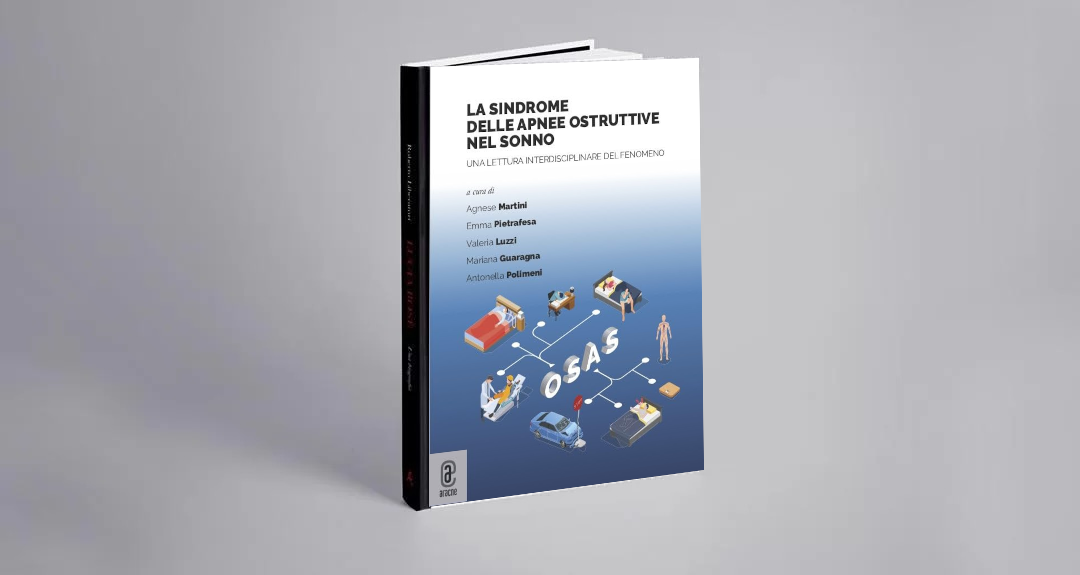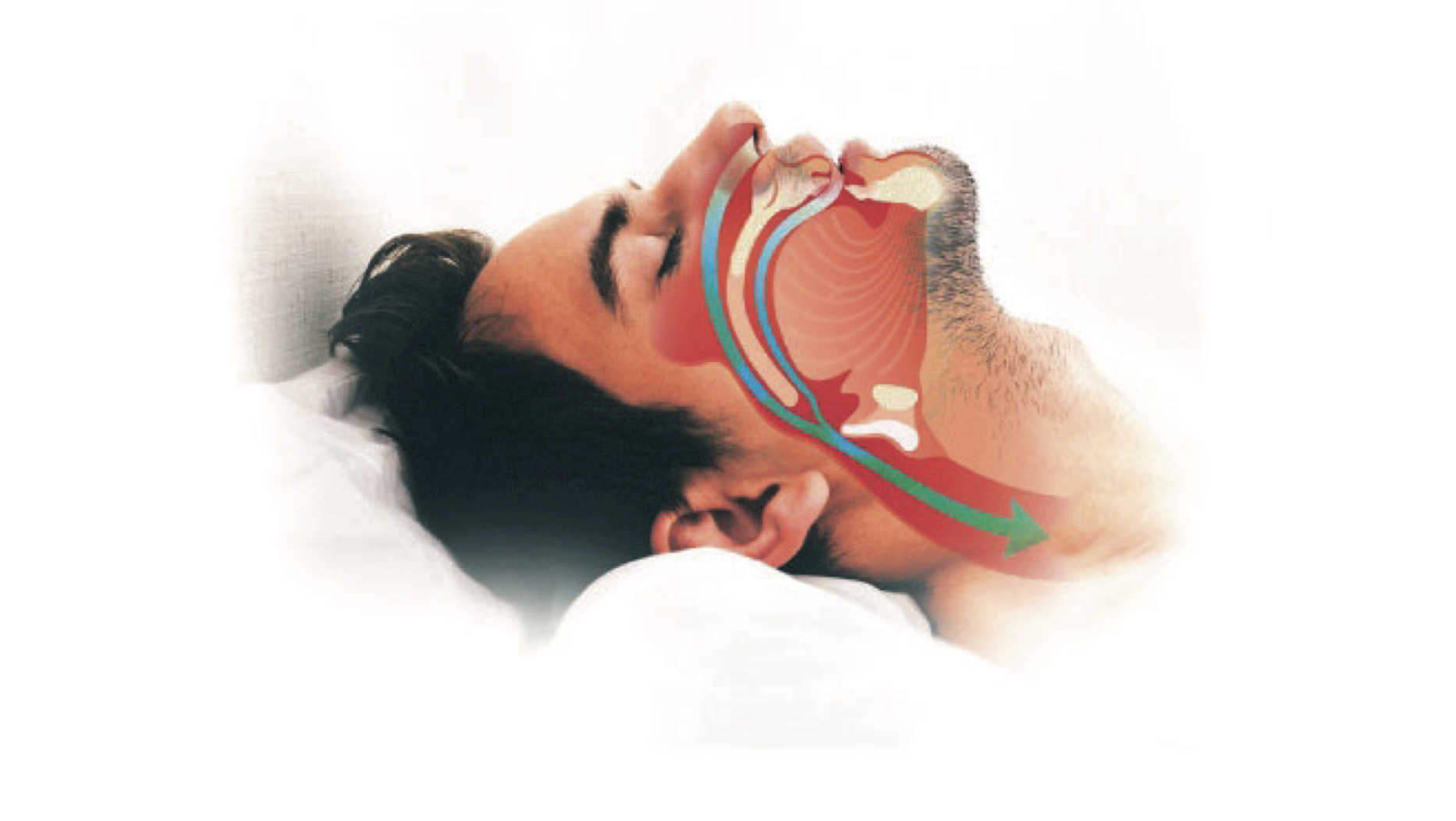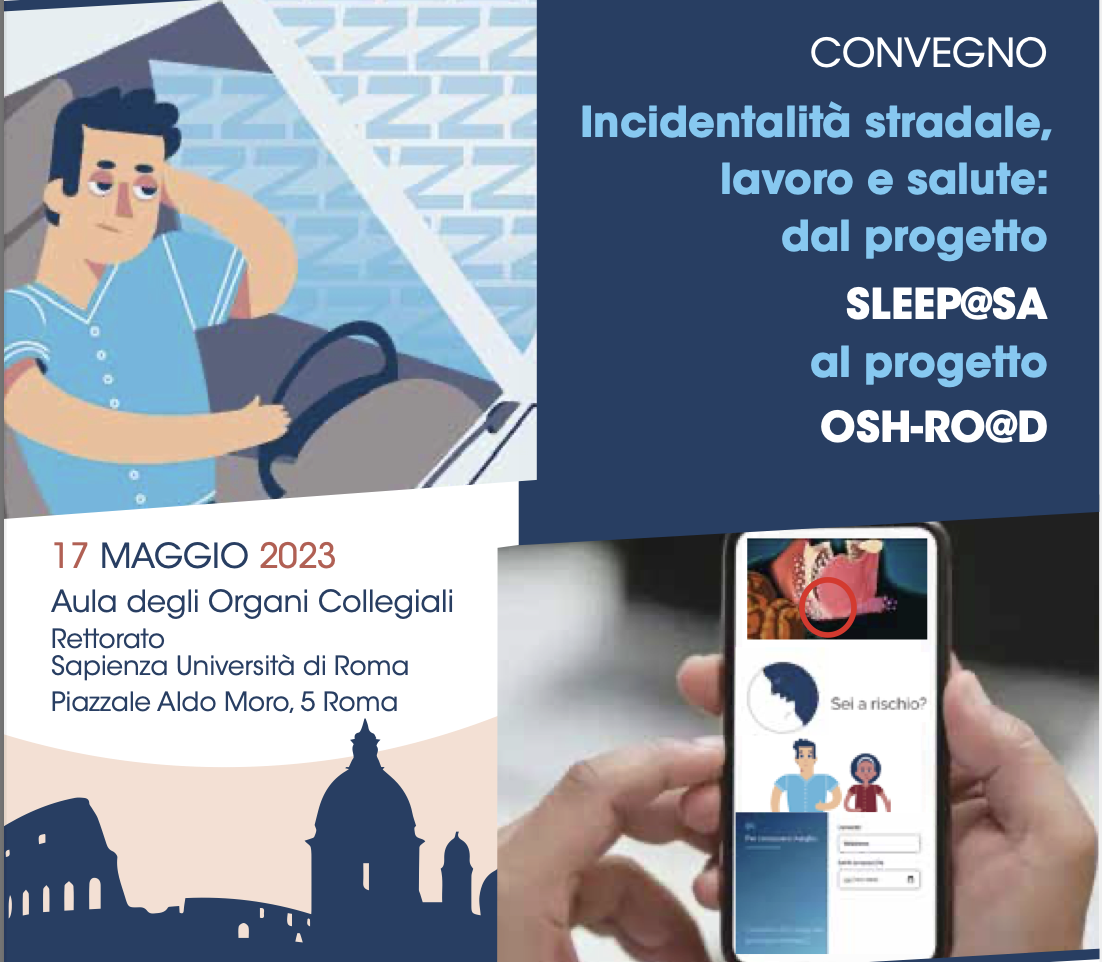La sindrome delle apnee ostruttive nel sonno. Una lettura interdisciplinare del fenomeno
La Sindrome delle Apnee Ostruttive del Sonno (OSAS) è una patologia cronica con gravi implicazioni economico–sociali, ad elevata prevalenza, sotto–diagnosticata e sotto–trattata. L’OSAS, attraverso la frammentazione del sonno e la ridotta concentrazione di ossigeno nel sangue, determina conseguenze e complicanze multi–organo e costituisce una delle cause più frequenti di eccessiva sonnolenza diurna, fattore di rischio di incidenti/infortuni stradali e sul lavoro. La monografia propone una trattazione multi–trans disciplinare della tematica, nell’ambito del progetto di ricerca BRIC INAIL 2018 SleeP@SA – Salute sul Lavoro e Prevenzione delle Obstructive Sleep Apnea: un’epidemia silenziosa.
Altri articoli
OSAS Severity and Occlusal Parameters: A Prospective Study among Adult Subjects with Comorbidities
OSAS is an emerging public health problem. Early diagnosis in adults with comorbidities is the gold standard to avoid complications caused by a late diagnosis.
Incidentalità stradale, lavoro e salute dal progetto SLeeP@SA al progetto OSH-RO@D (Atti del Convegno)
La monografia contiene la pubblicazione degli atti del Convegno Incidentalità stradale, lavoro e salute: dal progetto SLEEP@SA al progetto OSH-RO@D (17 maggio 2023, Roma).



